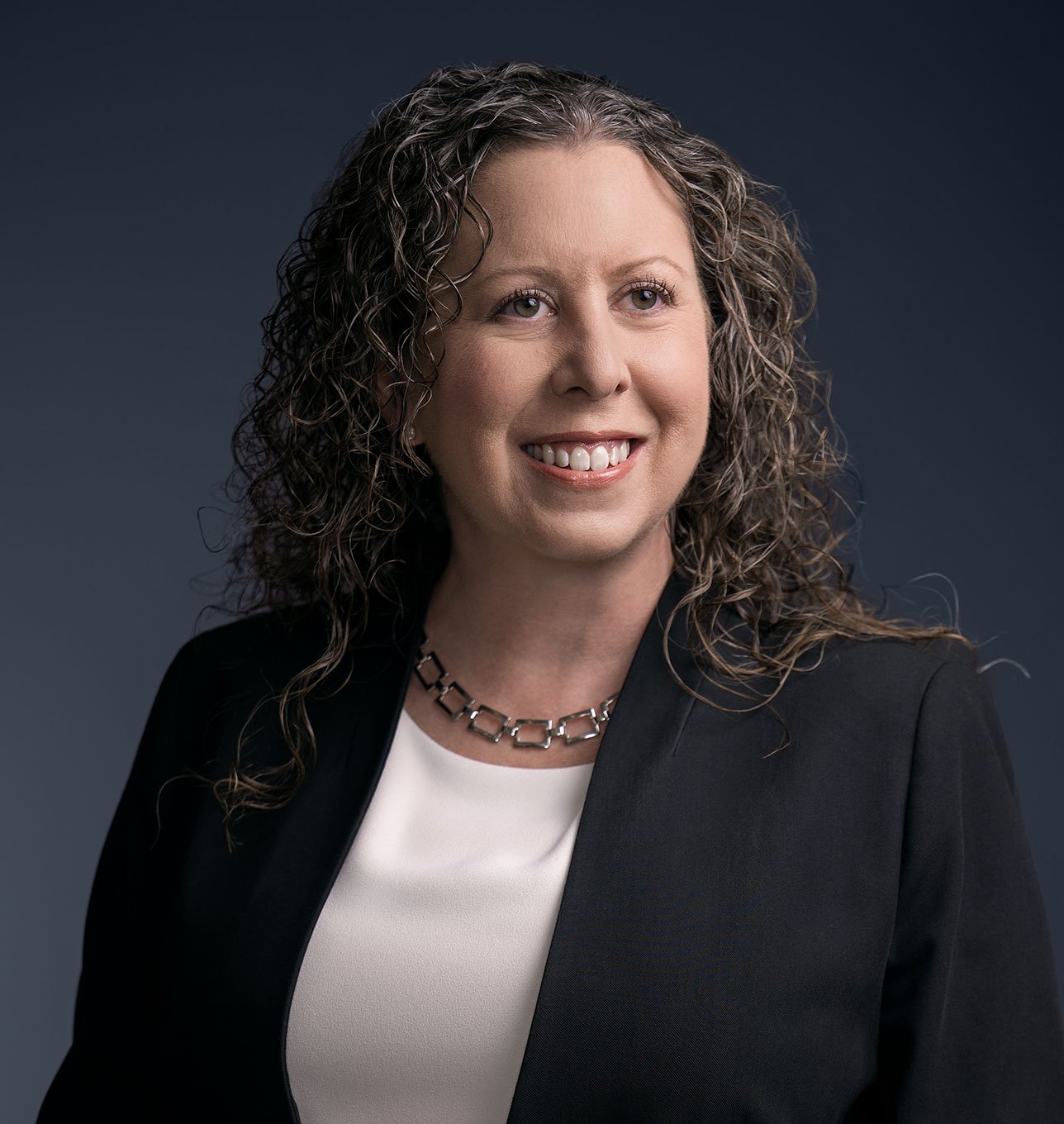When Is Enough Enough? Ginnie Mae Joins Fray, Proposing New Financial Strength Requirements for Participants
Taking a page from US banking regulators, Ginnie Mae is contemplating imposing a risk-based capital requirement on non-bank issuers, according to a Request for Input (“RFI”) that it issued last week. In addition, the proposal would increase the net worth and liquidity requirements for all issuers. In issuing the RFI, Ginnie Mae noted its general view that “changing risk characteristics – such as the increased size of the guaranteed portfolio(s), the changing profile of the issuer base, and a greater systemic vulnerability to economic stress and liquidity shocks – have necessitated a more rigorous set of financial requirements than was in place during the last [global financial crisis].” Comments are due by August 9, 2021.
The RFI identifies three potential changes to its financial strength requirements. First, for all issuers, Ginnie Mae would increase its net worth requirements by adding 25 basis points of Government-Sponsored Enterprise (“GSE”) outstanding obligations to the existing minimum net worth requirement of $2.5MM plus 35 basis points of Ginnie Mae outstanding obligations. Interestingly, this requirement would have substantially paralleled an increased net worth requirement to be an approved servicer for each of the GSEs proposed by the Federal Housing Finance Agency (“FHFA”) on January 31, 2020, but then withdrawn by FHFA in June 2021. Second, again for all issuers, Ginnie Mae would increase its liquidity requirements for eligible issuers by adding five basis points of GSE outstanding obligations and 20 basis points of total loans held for sale (“HFS”) to the existing minimum liquidity requirement of the greater of $1MM or 10 basis points of Ginnie Mae single-family mortgage backed securities.
But it is the new, proposed risk-based capital requirement for non-bank issuers that likely will draw the most attention.1 In the RFI, Ginnie Mae proposes a “Risk Based Capital Ratio” minimum requirement of 10% that would apply only to non-bank issuers.2 The definition of the Risk Based Capital Ratio is Adjusted Net Worth (“ANW”) (modified to subtract “Excess MSRs”) divided by total “Risk Based Assets.” ANW is a defined term found in the Ginnie Mae MBS Guide, but the adjustment provides for the subtraction of “unacceptable assets.” “Excess MSRs” are defined as MSRs in excess of an issuer’s ANW. Just to be clear, the term “Excess MSRs” has nothing to do with excess servicing fees, but simply is a mathematical calculation to cap the amount of MSRs that can be used in calculating ANW to an amount equal to the ANW.
“Total Risk Based Assets” are defined as total assets that are risk weighted according to the following schedule based on type of asset:
- 0% Cash and Cash Equivalents
- 0% Reverse Mortgages Held for Investment (non-true sale)
- 0% Ginnie Mae Loans Eligible for Repurchase, if included in total assets
- 20% Government Loans HFS
- 50% Conforming and Other Loans HFS
- 250% Total MSRs (not to exceed Adjusted Net Worth)
- 100% All other assets not included above
The imposition of a risk-based capital requirement is not new to Ginnie Mae. It presently uses that approach with depository institutions, relying on the federal banking agencies’ definitions to determine risk-based capital ratios. The RFI notes this partial similarity: “In creating this requirement, Ginnie Mae has considered capital adequacy requirements for regulated banks, but has significantly modified these requirements given the unique business profile of independent mortgage banks.” The 250% risk weighting for MSRs is the same as that required by federally-chartered and FDIC-insured, state-chartered banks.3 When one cuts through the mechanics of the calculation, what becomes clear is that non-bank servicers will need significant other assets so that their net worth to offset the adverse risk weighting given to MSRs satisfies the requisite risk-based capital ratio.
The extension of risk-based capital requirements to non-bank issuers did not come out of nowhere. Two years ago, on July 23, 2019, Ginnie Mae published a Request for Input (“2019 RFI”) seeking feedback on a proposal to monitor and support the sustainability of the Ginnie Mae mortgage-backed securities market by developing a stress test framework for its non-bank issuers. While it did not publicly announce the final results of the 2019 RFI, Ginnie Mae did subject its issuers to stress tests, presumably based on the framework that it originally had proposed in the 2019 RFI with whatever tweaks it thought were necessary. Ginnie Mae explained in its recent RFI that the RFI’s proposed enhanced financial strength requirements were “informed by Ginnie Mae’s issuer stress testing analytical framework and observations of systemic stress stemming from the COVID-19 pandemic….”
One question is whether this new requirement portends comparable action by the FHFA for a non-bank entity to be an approved GSE participant. As noted above, the FHFA proposed heightened financial strength requirements for approved participants on January 31, 2020, but rescinded the proposal on June 15, 2020. In announcing its withdrawal of the proposal, FHFA stated that, due to recent market events, “FHFA has determined that it is prudent to work with the Enterprises to reassess and re-propose these requirements, including incorporating lessons learned from the evolving COVID-19 national emergency.” Importantly, the now withdrawn proposal did not call for risk-based capital requirements for non-bank participants.
Since that time, however, on December 17, 2020, the FHFA issued its final rule establishing the new regulatory capital framework for the GSEs, which in general would apply upon the termination of the conservatorship, and which would require the GSEs to retain greater risk-based capital as compared to an earlier proposal by the FHFA. It was widely expected that the FHFA would re-propose new financial strength requirements this summer, but the recent replacement of FHFA Director Mark Calabria may result in a re-assessment by FHFA of such requirements. Yet, one of the principles cited by Ginnie Mae as having been important in the development of its proposed requirements was “to align our requirements to the greatest degree possible with the other governmental bodies who regulate this area.” Is that principle referring only to the federal banking agencies or did Ginnie Mae have some insight on what the FHFA had been or is contemplating?
These proposed and actual changes by Ginnie Mae and FHFA are not happening in a vacuum. Section 111 of the Dodd-Frank Act established the Financial Stability Oversight Council (“FSOC”) to identify risks to US financial stability that could arise from the material financial distress or failure, or ongoing activities, of non-bank financial companies and respond to emerging threats to the stability of the US financial system. FSOC has repeatedly identified that non-bank mortgage servicers have a vulnerability in the financial system.
In its 2020 Annual Report, the FSOC recommended that federal and state regulators “coordinate closely to collect data, identify risks, and strengthen oversight of nonbank companies involved in the origination and servicing of residential mortgages.” The FSOC also recommended that federal and state regulators “develop and establish an information-sharing framework to enable collaboration and communication in responding to distress at a mortgage servicer.”4 In its 2019 Annual Report, FSOC raised the issue of whether a non-bank financial company’s short-term funding sources may be at risk of cancellation in times of significant stress. It also questioned whether non-banks would be able to perform during a downturn in the housing or mortgage markets and absorb adverse economic shocks because of their relatively limited resources and capital and high debt burden. It cited the advance obligations of mortgage servicers as an example of this concern.5 The appointed members of FSOC have changed or will change as a result of a new administration, and Democrats traditionally are not less enthralled with enhanced regulation of financial institutions than their Republican counterparts.6 Moreover, concurrent with the FSOC’s recommendations, the Conference of State Bank Supervisors (“CSBS”) has proposed and is set to finalize any day now its proposed prudential standards, including minimum financial strength requirements, for non-bank, state-licensed mortgage companies.7
It is a delicate balance between managing to the perceived financial risk for undercapitalized non-bank servicers, on the one hand, and not imposing excessive barriers to non-banks holding MSRs, on the other hand. How much is enough, and how much is too much? While the industry appreciates the opportunity offered by Ginnie Mae to respond to the RFI, Ginnie Mae should carefully assess the potential impact this risk-based capital requirement is reasonably likely to have on the appetite of independent mortgage bankers to create, acquire and hold Ginnie Mae MSRs. It is not as if national banks are knocking the doors down to acquire Ginnie Mae MSRs. And the continued, enhanced scrutiny of the financial strength of independent mortgage servicers by FSOC, FHFA, Ginnie Mae, the GSEs and CSBS means that this discussion over how much is enough is not going away any time soon.
1 The existing capital ratio requirement that applies to non-bank issuers would not change, namely, that Total Adjusted Net Worth (as defined by Ginnie Mae) / Total Assets must be 6% or greater.
2 The proposed Risk Based Capital Ratio requirement would not apply to banks, bank holding companies, thrifts and savings and loan holding companies
4 See https://home.treasury.gov/system/files/261/FSOC2020AnnualReport.pdf
5 See https://home.treasury.gov/system/files/261/FSOC2019AnnualReport.pdf
6 See https://www.mayerbrown.com/en/perspectives-events/publications/2020/10/feds-quarles-signals-reforms-may-be-needed-for-the-nonbank-sector
7 See https://www.mayerbrown.com/en/perspectives-events/publications/2020/12/state-prudential-standards-for-mortgage-servicers-ahead-of-the-curve-or-dead-mans-curve




